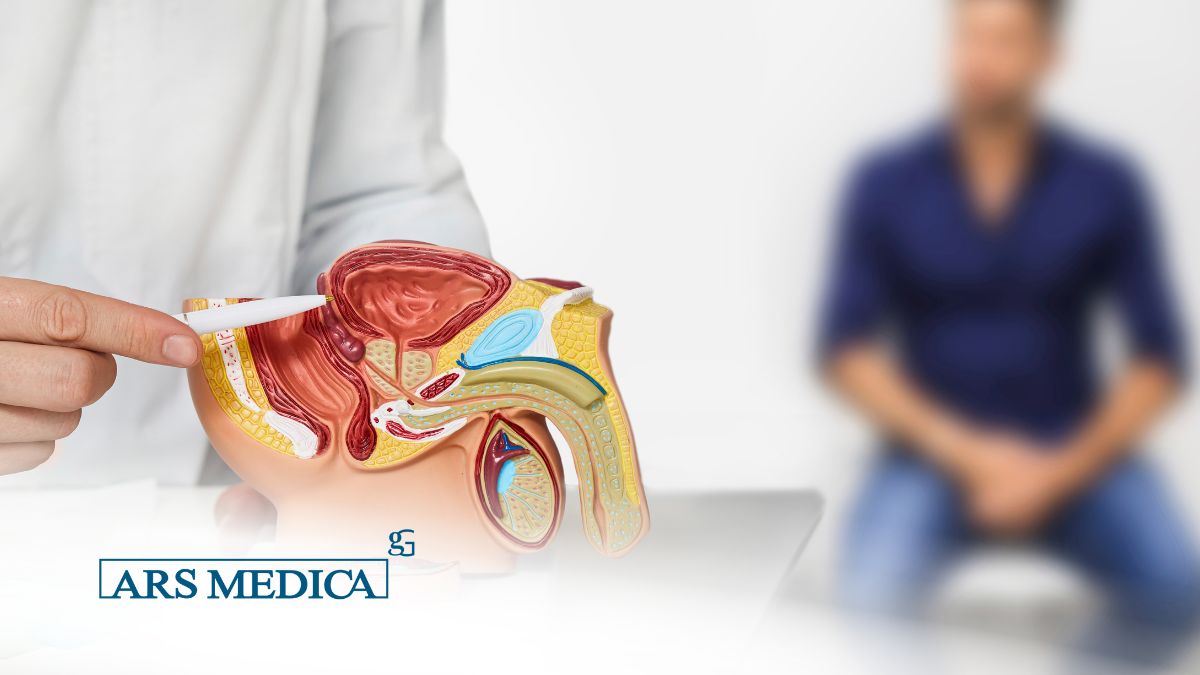
Articolo del 10/04/2025
Symptoms that interfere with a man’s daily life and lead him to consult a urology specialist generally fall into two categories: obstructive and irritative.
Obstructive symptoms are linked to incomplete bladder emptying and post-void residual urine, while irritative symptoms include increased urinary frequency, nocturia (waking at night to urinate), and urgency.
Benign Prostatic Hyperplasia (BPH) is a common condition affecting many men over the age of 50, characterized by an enlarged prostate—particularly in its central portion known as the adenoma. In its early stages, BPH may go unnoticed due to the slow growth of the adenoma, which eventually compresses the urethra and begins to cause urinary symptoms.
When symptoms become resistant to medical therapy and significantly impair quality of life, surgical intervention becomes essential. The HoLEP laser procedure (Holmium Laser Enucleation of the Prostate) is a state-of-the-art treatment that effectively removes the excess prostate tissue, dramatically improving the patient’s quality of life.
What are the advantages?
When is HoLEP essential?
How is prostate biopsy diagnosed?
We explore these questions with Dr. Pittari, urologist at Ars Medica.
To diagnose BPH, the standard evaluation typically includes:
-
Transrectal prostate ultrasound
-
Uroflowmetry
-
Urological consultation
-
PSA test, to distinguish between benign and malignant prostate conditions
HoLEP: Laser Therapy for BPH
Among the available surgical options, the HoLEP laser technique represents a breakthrough in the treatment of BPH. This method involves the anatomical enucleation of the prostate adenoma using a holmium laser under endoscopic guidance. The laser precisely separates the enlarged tissue without damaging nearby structures. A device called a morcellator then fragments and aspirates the tissue, which can be analyzed to detect potential prostate cancer.
The procedure is performed under spinal or general anesthesia, depending on the patient’s health status, and is typically followed by a rapid post-operative recovery.
Key Benefits of the HoLEP Technique:
-
Early catheter removal: usually within 24–48 hours after surgery
-
Minimal blood loss: reducing the risk of hemorrhagic complications and the need for transfusions
-
Effective even for large prostates: providing a less invasive alternative to open surgery
-
Histological analysis: enabling early detection of any hidden prostate tumors
-
Rapid symptom relief: urinary discomfort often improves immediately, with complete resolution of symptoms such as burning or blood in the urine within a few weeks
After surgery, a bladder catheter with continuous irrigation is placed to enhance comfort and healing. It is typically removed within one to two days, and patients are encouraged to get out of bed the morning following surgery.
Sexual Health and Post-Operative Considerations
Complications from the HoLEP procedure are rare. These may include acute urinary retention (6%) and, more infrequently, urinary incontinence, though such cases are increasingly uncommon. Importantly, sexual function is preserved.
Sexual desire and orgasmic sensation remain intact, although retrograde ejaculation—where semen flows into the bladder instead of exiting through the urethra—is a likely outcome, as with most prostate de-obstructive surgeries.
To support full recovery, patients are advised to abstain from physical and sexual activity for at least four weeks. At home, it is important to monitor urination and promptly report any abnormalities to the physician. Most individuals can return to work within 7 to 10 days.
At Ars Medica, cutting-edge technologies like the HoLEP laser allow us to treat BPH with precision and safety, delivering substantial improvements in patients’ comfort and overall quality of life.









